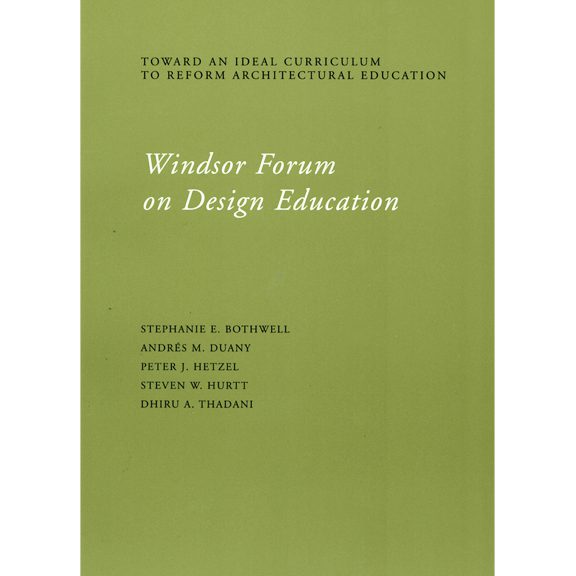There is an obvious crisis in the discipline of architecture. Although subject to the general crisis in the practice, architectural education is nevertheless complicit in its cause. This manifestation and the reasons behind it have been discussed for years, to very little avail. The Boyer Report and Robert Gutman’s analysis have been received, praised…and subsequently ignored.
While minor reforms have filtered through certain schools, the general trend has continued to be a self-referential intellectual isolation and a general distancing from the needs of society and the natural environment. There has certainly not been anything like a reform proposal at the level of a curriculum entire. It seems that those in a position to affect change, and who would wish to do so, have been bound by institutional inertia, faculty territoriality, and accreditation criteria.
To this end, we gathered as an array of sympathetic and concerned architecture faculty and practitioners, along with sociologists, theologians, philosophers, and regular folk. During a long weekend in Windsor, Florida, we reviewed the underlying philosophies and structures of some well known past and present models of architectural education, and speculated on new ones.
This publication collects the presentations, discussions, and proposals, with the objective to spawn dialogue between the various schools of architecture and those of the collateral disciplines, principal among which is planning and environmental sciences.
